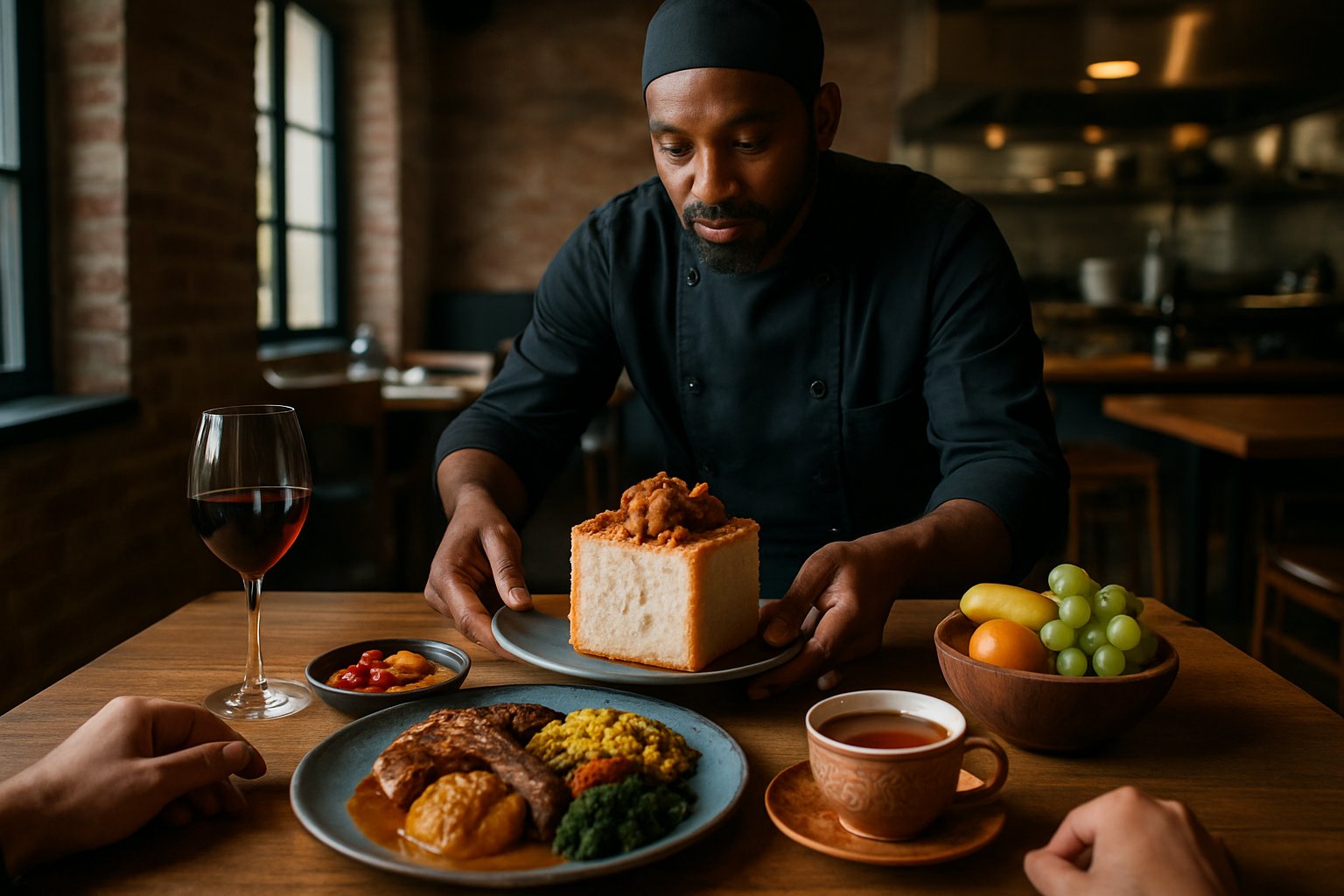Culinary Alchemy: Transforming Humble Ingredients
Turning ordinary ingredients into extraordinary dishes is the essence of culinary alchemy. This magical process combines creativity, skill, and a dash of daring to elevate simple staples into gourmet masterpieces. Join us as we explore innovative techniques and unexpected flavor pairings that will revolutionize your approach to cooking and open up a world of culinary possibilities.

Unexpected Flavor Pairings
Breaking away from traditional flavor combinations is key to culinary alchemy. Dare to pair ingredients that seem incompatible at first glance. The interplay between sweet and savory, for example, can yield surprising results. Try adding a touch of dark chocolate to a beef stew for depth, or incorporate lavender into a lemon tart for a floral twist. The key is to start with small amounts and adjust to taste. These unexpected pairings can create complex, layered flavors that intrigue and delight the palate, turning a simple dish into a memorable experience.
Textural Transformations
Texture plays a crucial role in how we perceive and enjoy food. Culinary alchemists understand this and use various techniques to manipulate texture. Transform liquids into foams or gels using modern gastronomy techniques. Turn crisp vegetables into silky purées, or create crunchy elements from typically soft ingredients. For example, dehydrate tomato skins to make a crispy garnish, or freeze-dry fruits for a crunchy snack that retains intense flavor. These textural contrasts can add excitement and complexity to your dishes, elevating them from ordinary to extraordinary.
The Power of Presentation
Visual appeal is a powerful tool in culinary alchemy. The way a dish is presented can dramatically alter the diner’s perception and enjoyment. Experiment with unconventional plating techniques to create visually stunning dishes. Use edible flowers, micro-greens, or even edible paints to add vibrant colors. Play with height and negative space on the plate to create drama. Consider serving dishes on unconventional surfaces like slate, wood, or even ice. Remember, we eat with our eyes first, and a beautifully presented dish can enhance the overall dining experience.
Fusion and Cross-Cultural Inspiration
Culinary alchemy often involves bridging culinary traditions from different cultures. This fusion approach can lead to exciting new flavor profiles and dishes. Experiment with incorporating techniques or ingredients from one cuisine into another. For instance, use Middle Eastern spices in a classic French dish, or apply Japanese grilling techniques to Mediterranean ingredients. This cross-pollination of culinary ideas not only creates unique dishes but also reflects our increasingly interconnected world. The key is to approach fusion with respect and understanding of the original cuisines, creating harmonious blends rather than jarring combinations.
Culinary Alchemy Tips & Facts
• Always start with high-quality, fresh ingredients for the best results
• Experiment with different cooking temperatures to achieve various textures and flavors
• Herbs and spices can completely transform a dish - don’t be afraid to experiment
• Acidity can brighten flavors and balance rich dishes
• Umami-rich ingredients like miso or aged cheeses can add depth to many recipes
• Cooking times can significantly affect flavor profiles - pay attention to timing
• Layering flavors throughout the cooking process creates more complex dishes
In conclusion, culinary alchemy is about pushing boundaries and reimagining what’s possible in the kitchen. By transforming humble ingredients, creating unexpected flavor combinations, and presenting dishes in innovative ways, you can elevate your cooking from merely satisfying to truly extraordinary. Embrace your inner alchemist, and let your creativity run wild in the kitchen. The possibilities are endless, and the rewards are delicious. Remember, every great dish started with someone willing to experiment and think outside the box. So go forth and create your own culinary gold!





